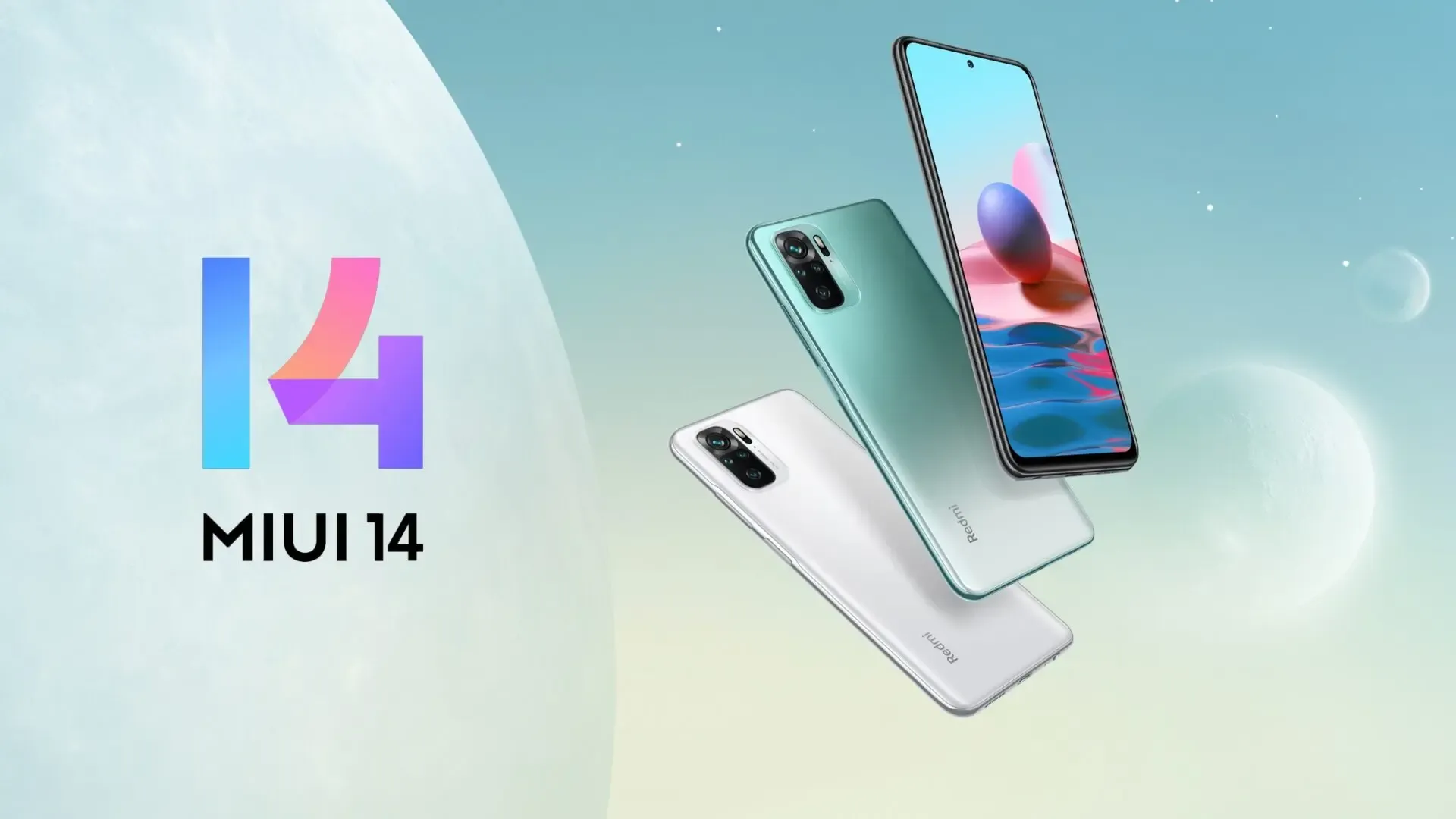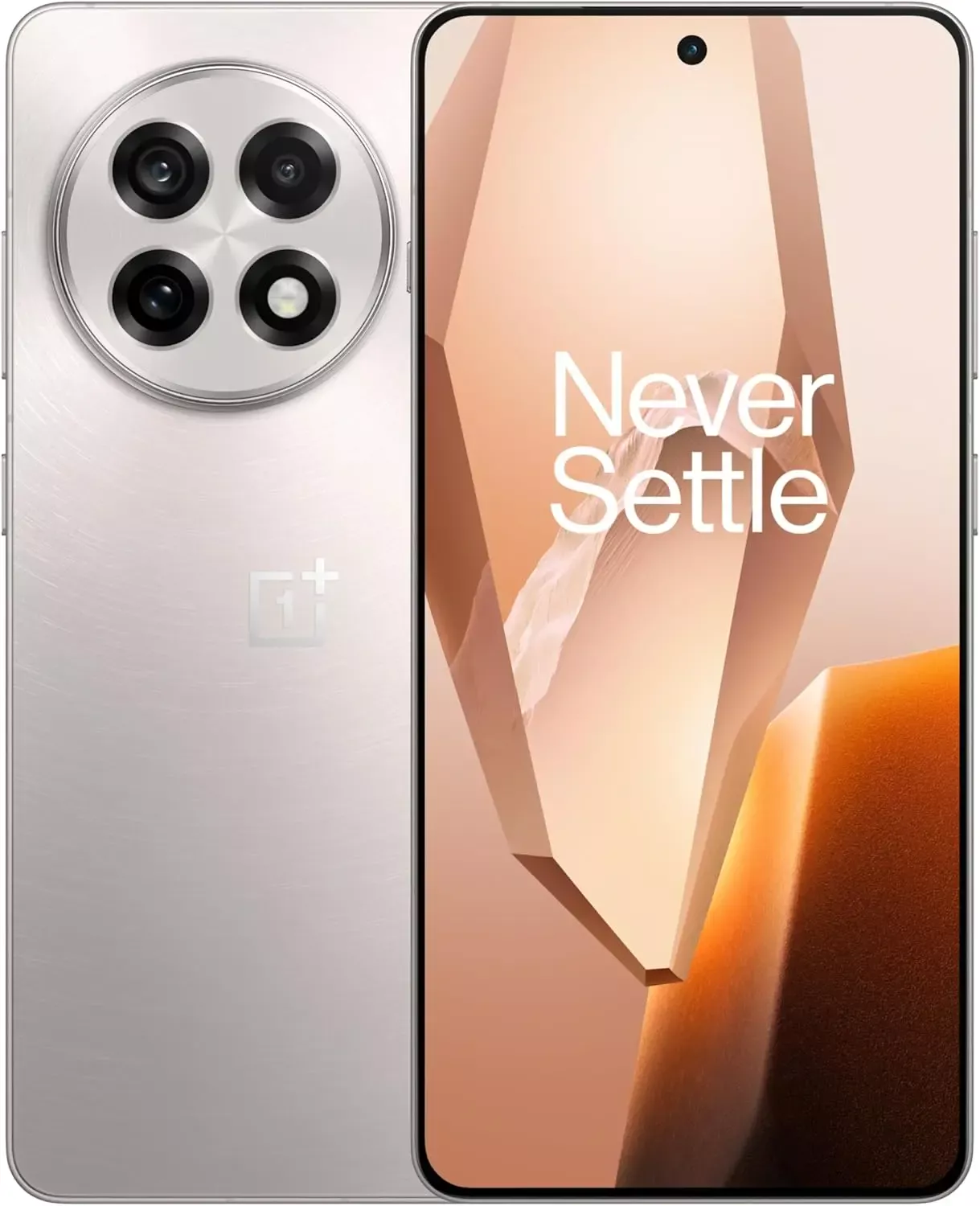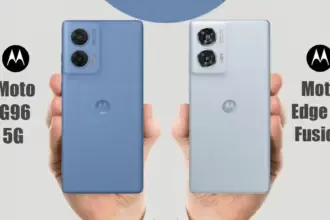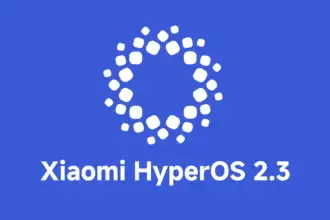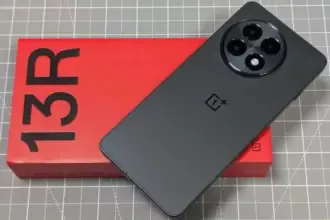Chinese company Xiaomi worked very hard to improve the user experience and smoothness of their Android skin. The MIUI operating system from Xiaomi is one of the best Android skins available. Even while some might disagree, the company has millions of honorable MIUI consumers who won’t accept anything other than the MIUI operating system. The eagerly awaited MIUI 14 was also made public at the Xiaomi 13 news conference. The new MIUI 14 delivers a brand-new design in terms of UI vision in addition to enhancing system fluidity. For instance, new enormous icons, big folders, desktop pets, etc., provide users a breath of fresh air.
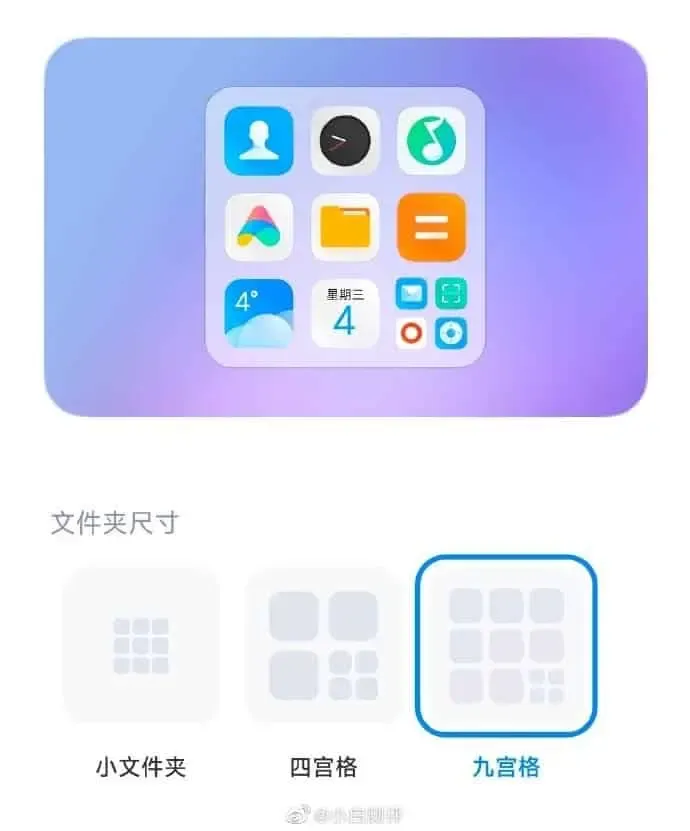
It is important to note that MIUI 14’s huge folder’s design logic had a few problems. The places of the four icons are taken up by the full folder. Only three apps, however, may be launched by clicking immediately. After opening the folder, users will need to click the other programs to access them.
MIUI 14 fixes
Thankfully, MIUI has always been a system that values user input and experience. Xiaomi has now updated the beta version with some fixes in response to recent feedback complaints. More programs are now accessible in the huge file folder (Jiugongge version), and users can click them directly.

Thankfully, MIUI has always been a system that values user input and experience. Xiaomi has now updated the beta version with some fixes in response to recent feedback complaints. More programs are now accessible in the huge file folder (Jiugongge version), and users can click them directly.
Users who are not internal test users can also update the system desktop to version 4.39.9.5963-01031422. Some users have extracted the installation package, and you can search and use it yourself.
Following the update, when you select the Jiugongge app, you will see 8 icons instead of the previous four, all of which can be opened instantly. Additionally, a smart display can be set up. When sorting and making intelligent app recommendations, the system will automatically understand the user’s usage patterns. HarmonyOS from Huawei is where this feature originally surfaced. Despite being a fairly straightforward design concept, it significantly enhances the user experience. Chinese Android systems have largely contributed to its current popularity.



